We Are Not Our Thoughts: An Educator Reflects on the Power of Mindfulness Practice
by Becky Straight, 7th grade Language Arts & 8th-Grade AVID Teacher at Gordon Russell Middle School, Gresham, Oregon
Two years ago, when I first heard Peace in Schools’ founder Caverly Morgan say that we are not our thoughts, I had absolutely no idea what she was talking about. I had never heard anything even close to that. I knew what she was saying was profound, but I had no prior knowledge or experience to link it to.
Since that time, I have grown. I have begun my own sitting meditation practice, I have read a few recommended books on mindfulness, and I participate regularly in a mindfulness practice group led by my school’s counselor. So when I recently took Peace in Schools’ Mindfulness for Youth-Serving Professionals course, a few things came together. I am starting to see that I am not my thoughts, and that my thoughts are not reality. I am gaining a little space to see.
Taking this course has helped me make the time for daily sitting meditation, which has been both challenging and rewarding. I feel like I’m befriending myself, and caring for myself with my own attention. I have been practicing noting my thoughts and feelings in sitting meditation, which has brought way more awareness to them in my everyday life.
“All my thoughts and feelings change so quickly, they come and go, sometimes in an instant, but I, my essence, remain constant. When I return to presence, I return to myself. ”
In this past training, we did an exercise where we sat for three minutes with a partner in the role of a compassionate witness and named what arose during that time. For me, that was one of the most stretching exercises we did. I felt myself really struggle to participate. I felt uncomfortable just naming what I was feeling moment to moment without telling my partner a story connected to each feeling, in order to justify or interpret my emotions. Once I made it through the three minutes, I just shoved that experience to the side.
But it turned out to be one of the most impactful activities we did over the weekend for me. In the days following this, I kept returning to this exercise and relied it on for naming what arose in me without getting lost in my story about it. It’s like I finally got it: all my thoughts and feelings change so quickly, they come and go, sometimes in an instant, but I, my essence, remain constant. When I return to presence, I return to myself.
In the midst of this growth, I had a remarkable encounter with the power of this practice. I was reading an assignment from a student, but he hadn’t written about the topic assigned; instead, it was a rant against how I was scoring it, which was inaccurate, and the emotion conveyed was aggressive. Instantly I was caught up in imagining my confrontation with him. I was indignant, insulted, frustrated, and angry. I put the paper down, closed my eyes and breathed. I noticed. I named. I allowed. I breathed some more. I returned to presence. I offered myself compassion: this is a moment of suffering, this is a part of being human, may I hold my pain with tenderness, may I offer myself the compassion I need. As I opened my eyes again, I focused on the student who had written this paper, and I offered him compassion.
“I believe that Peace in Schools’ educator trainings have profoundly impacted my life.”
Two days later, I had an opportunity to talk to him privately. When he saw his paper on my desk, his shoulders stiffened. I began the conversation in a way that was kinder and more compassionate than the first wave of my imagining had been. In a few minutes, he was in tears, sharing about the hardship he and his family were facing. Honestly, who really cares about that one assignment? The connection and trust gained through handling this interaction with curiosity and compassion were incredible. I am so grateful for this moment of awareness. The pause before the reaction.
I believe that Peace in Schools’ educator trainings have profoundly impacted my life. This one story is not the only I could share. My classes readily participate in a mindful minute every period, and my daughters and I do guided meditations for kids most nights. I am engaging in my life with more kindness towards myself and others. I am eager to keep growing and hopefully continuing to learn from Peace in Schools.
Learn more about Peace in Schools’ mindfulness courses for youth-serving professionals here.



